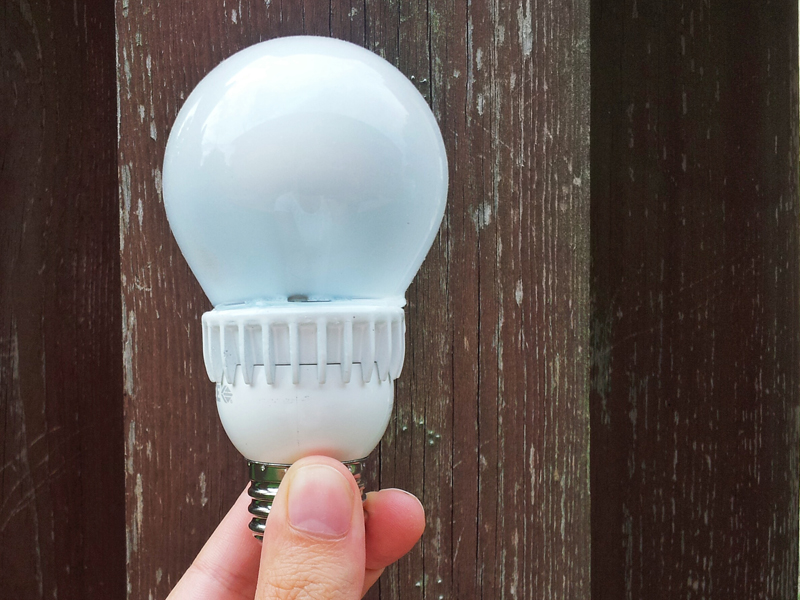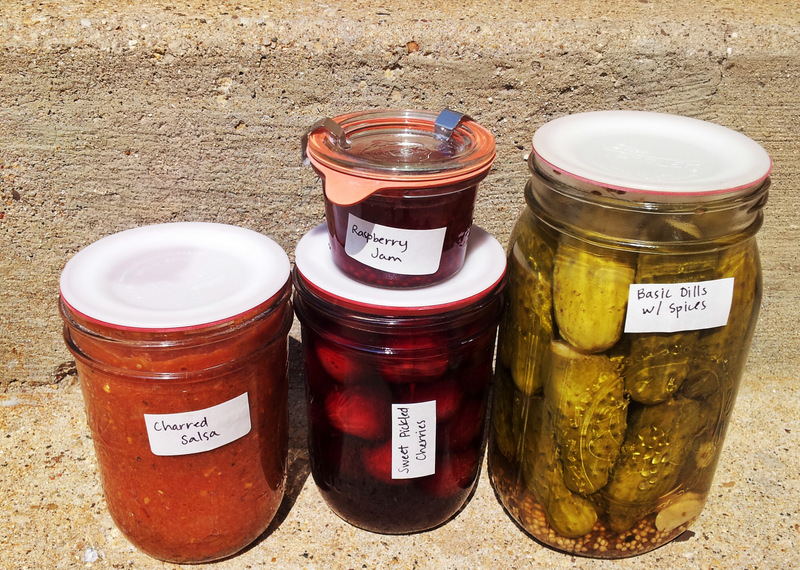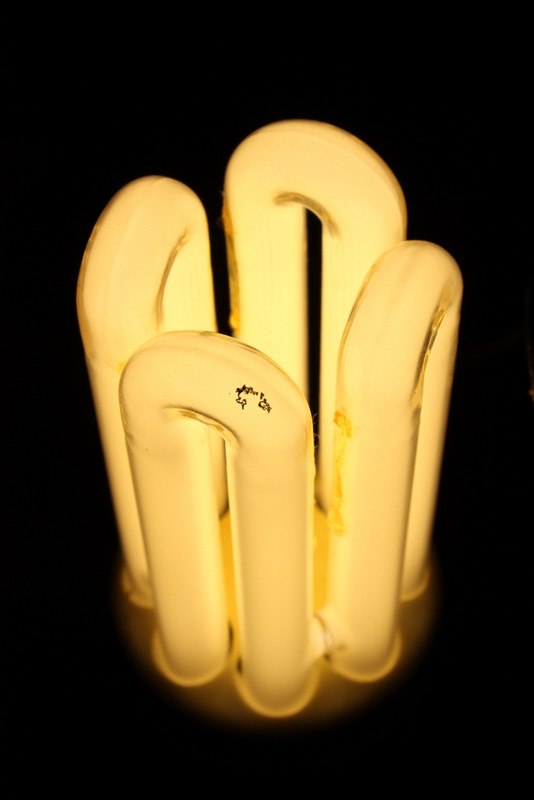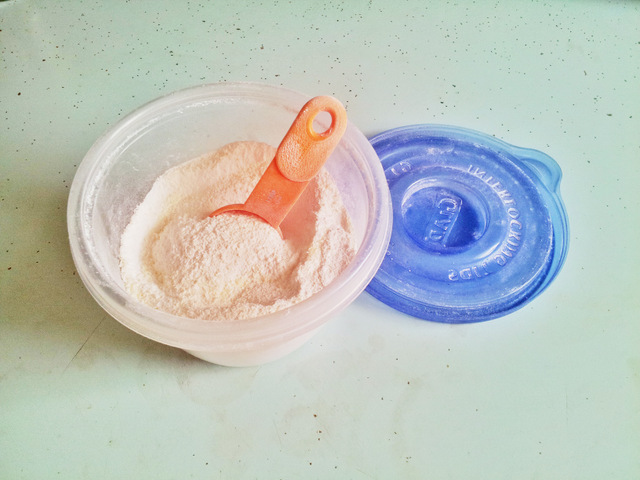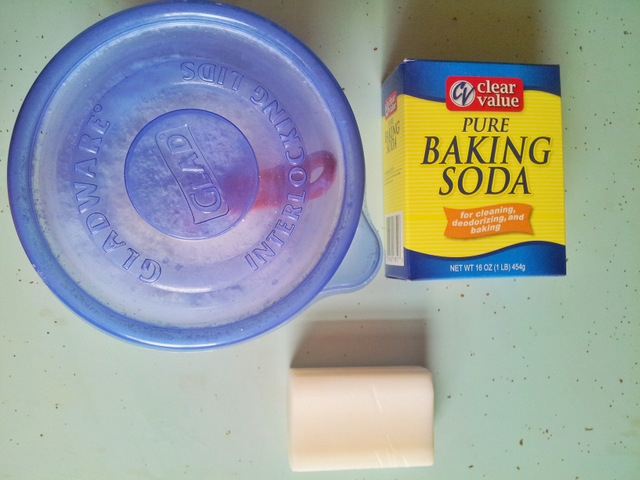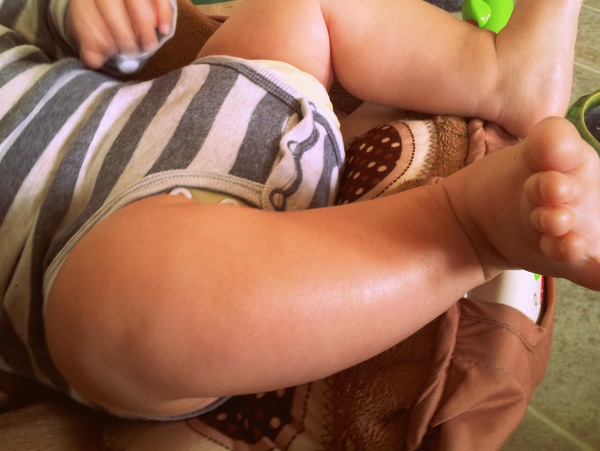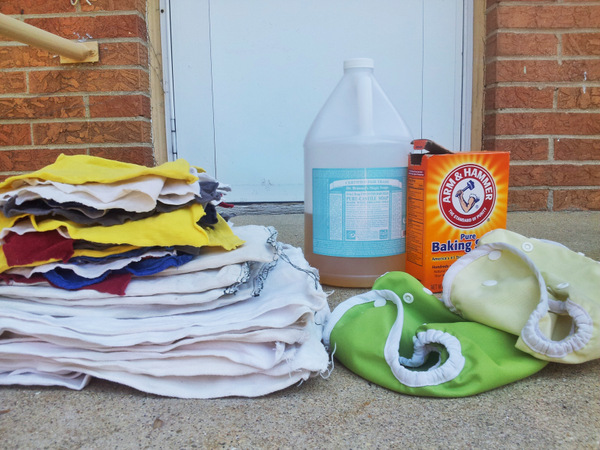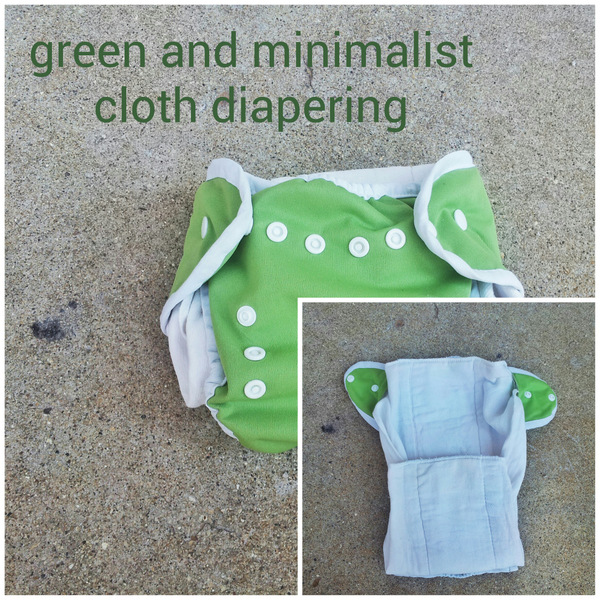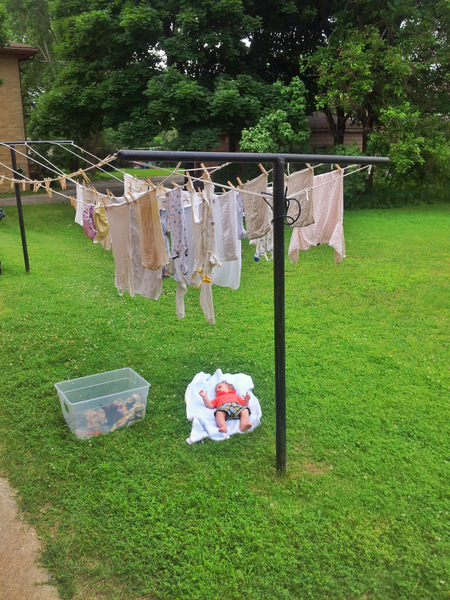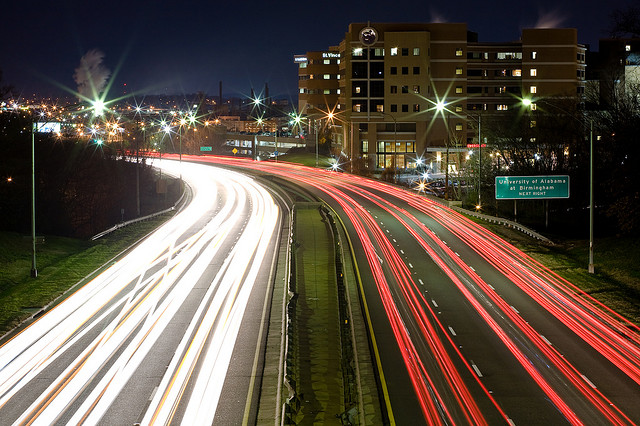
My family and I just returned home from a week of vacation, during which we took a road trip from Madison to Detroit. Road tripping might not be the greenest way to spend our vacation, but often it’s the transportation method that makes the most sense for our family. So I wanted to offer some tips for how you can use less energy on your next road trip.
Prepare your car
Cars run more efficiently when they are properly maintained, so go in and get your oil changed before you head out on your road trip. You can get a high efficiency oil filter that will help you get the best gas mileage during your drive. While you’re at it make sure your tires still have good tread and are properly inflated. Proper tire pressure will not only give you better gas mileage, but are also safer to drive on.
Pack lightly
A heavy car is going to need more gas to get around, so if you can lighten up your luggage, you’ll help gain some of those MPGs. I’m learning that this can certainly be difficult with a child in the picture. Turns out we didn’t even use the stroller on this vacation, we got along just fine with just a baby wearing carrier. Next time, unless we have specific plans, we’ll leave the stroller at home.
Check your route
Going from Madison to Detroit we need to pass through Chicago, which seems to always mean getting stuck in traffic for at least a little bit. But it turns out that the optimal speed for gas mileage is somewhere between 50 – 60 miles per hour. On our way home, we saved ourselves the possible stop and go of the city and took one of the by-pass highways. We may have put a few more miles on the car, but we were able to skip the idling in traffic.
Drive smart
Not only does getting better gas mileage save you money at the pump, it also means you are releasing fewer lbs of carbon dioxide into the atmosphere with each trip. Once you’re on the road you can help increase those MPGs by using the windows instead of the air conditioner when you’re on city streets, but switching to AC with the windows rolled up once you hit about 50 miles per hour. Keeping a safe space between you and the car ahead of you not only gives you time to react to traffic, but also means you won’t necessarily be making quick stops, which can also burn up fuel.
Pack your own snacks
Gas station and rest stop food tends to be over packaged among other things. Packing your own snacks helps prevent waste, and gives you more options for road friendly food than the typical rest stop. We like to also bring a water bottle or two – for long trips we refill them at the rest stop drinking fountain.
Hopefully this list gave you a new idea or two about how you can make your next road trip a little greener.

